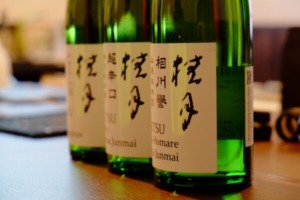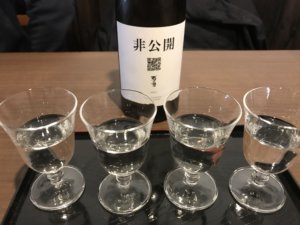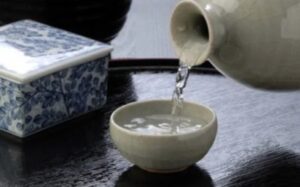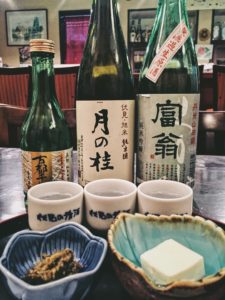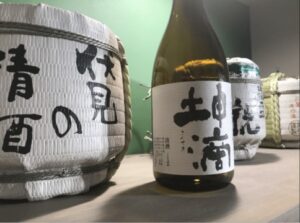Try Local Sake from Fushimi Kyoto
Kyoto Fushimi Sake District is the second largest sake producing area in Japan. There are about 30 sake breweries producing different varieties of sake. Here I will introduce following four of our favorite local sake from Fushimi Kyoto to you.
Key Words
Honjozo: Sake made up of rice, water, koji mold, yeast and a portion of added distilled alcohol. Rice polished 30%, with 70% of each grain remaining.
Ginjo: Sake made up of rice, water, koji mold, yeast and a portion of added distilled alcohol and the rice. Polished to 40% with 60% of each grain remaining.
Daiginjo: Sake made up of rice, water, koji mold, yeast and a portion of distilled alcohol, with rice polished to 50%.
Nigori: A cloudy sake variety of sake
Tamanohikari Aomanekitsune
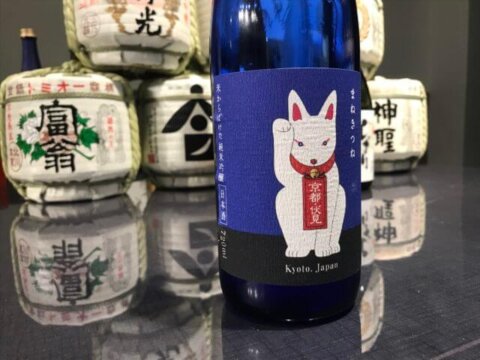
Category: Junmai Ginjo
Rice: Japanese rice
Polishing percentage: 60%
Alcohol percentage: 15%
Sake Meter Value: +3.5
Tamanohikari is a sake brewery that only brews Junmai Ginjo and Junmai Daiginjo, and produces sake by handmade. As you may know Fushimi has a famous visitor’s site, Fushimi-Inari shrine. If you have been there, you must have seen many stone statures of foxes. And this cute fox on the bottle label is just one of them, raising its right hand, beckoning a good luck and fortune. With a taste of “slightly dry with richness”, the scent is just not too strong nor too light. Most people would like this one.
Matsumoto Momonoshizuku
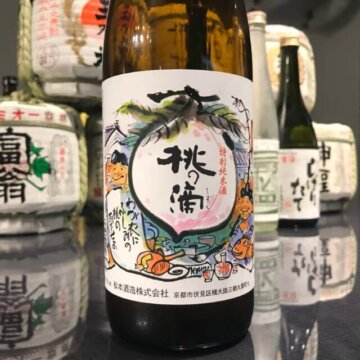
Category: Junmai
Rice: Yamadanishiki
Polishing percentage: 60%
Alcohol percentage: 15%
Sake Meter Value: +3
This bottle has a beautiful name which is inspired by an ancient Japanese poet called Basyo Matsuo. [Momonoshizuku] means drops from a peach, as you see on the bottle label. King of sake rice [Yamadanishiki] 100% used, polishing to 60%, makes its price doubled compared with regular Junmai. Usually if sake rice is polished to 60%, it is going to be a Ginjo, but Momonoshizuku is still categorized as Junmai. Having the advantage that it goes well with food, and at the same time, it is not that strong so you can still enjoy the food itself. Drink with some expensive Wagyu beef would be perfect!
Tsukinokatsura Houhukuzetto

Category: Junmai
Rice: Gohyakumangoku
Polishing percentage: 60%
Alcohol percentage: 8%
Sake Meter Value: −60
Super minus SMV -60 is not usually seen, and it shows it a very sweet taste. Also some sourness makes it taste like citrus fruits. 8% alcohol content is also lower than usual level, maybe that is why it is quite popular among young people. A unique and worthy to try this sake!
Hosyuku Shiboritate
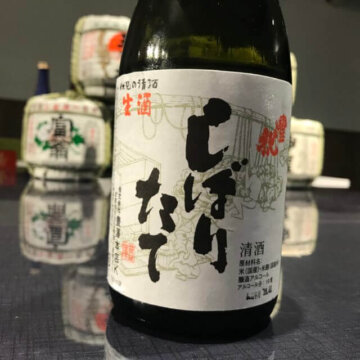
Category: Hutsusyu
Rice: Japanese rice
Polishing percentage: 70%
Alcohol percentage: 19%
Sake Meter Value: +3
This shiboritate is not pasteurized, so the fermentation is still going ahead in the bottle. As the fermentation goes ahead, the flavor may change day by day, so it is better to consume it quickly. And when store it, it must be put in the fridge. Therefore, this kind of sake is normally only available in Japan, especially around the sake brewery area. With a sharper smell and stronger alcohol taste, some experienced alcohol drinkers would definitely love this fushimi local sake.
Join Our Tour!
When visiting Kyoto, you can’t miss a sake tour of Fushimi – so why not join us on a hunt for the area’s best sake, and best combination with food pairing session and find your favourite along the way?
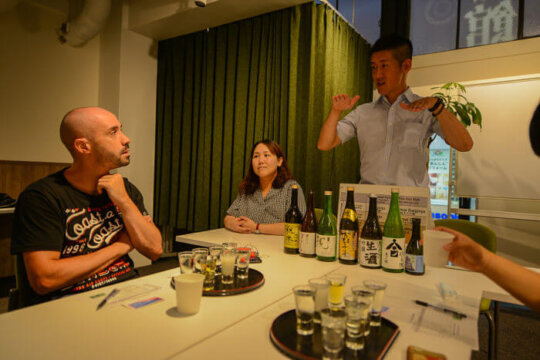
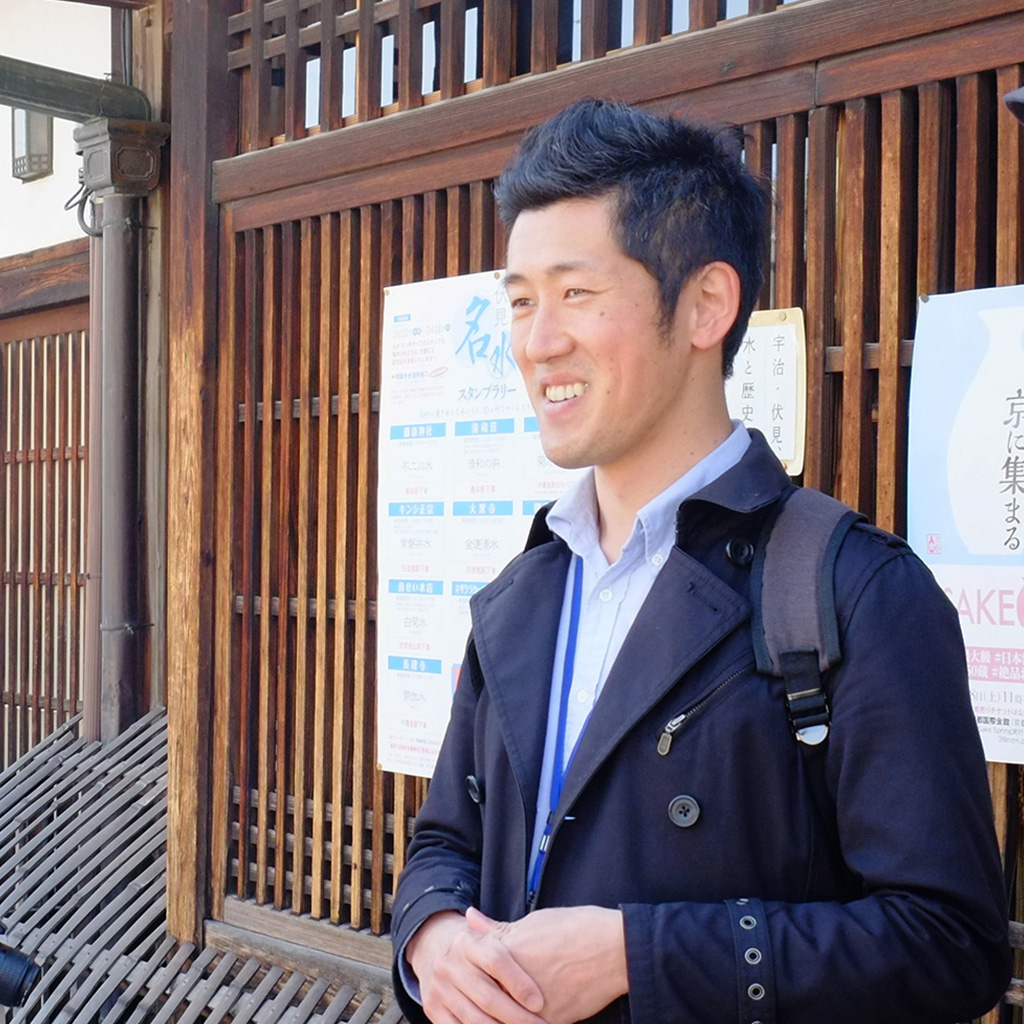
Name: Kotaro
Qualifications: Sommelier of sake
About me:
Founder of Kyoto Insider Sake Experience.
I got a hangover from the first sake I ever drank, which led to a long period where I didn’t drink sake at all. After returning from Australia, I gained some knowledge about sake and discovered its deliciousness and the joy of choosing different types. I’m passionate about sharing this experience with people all around the world.


